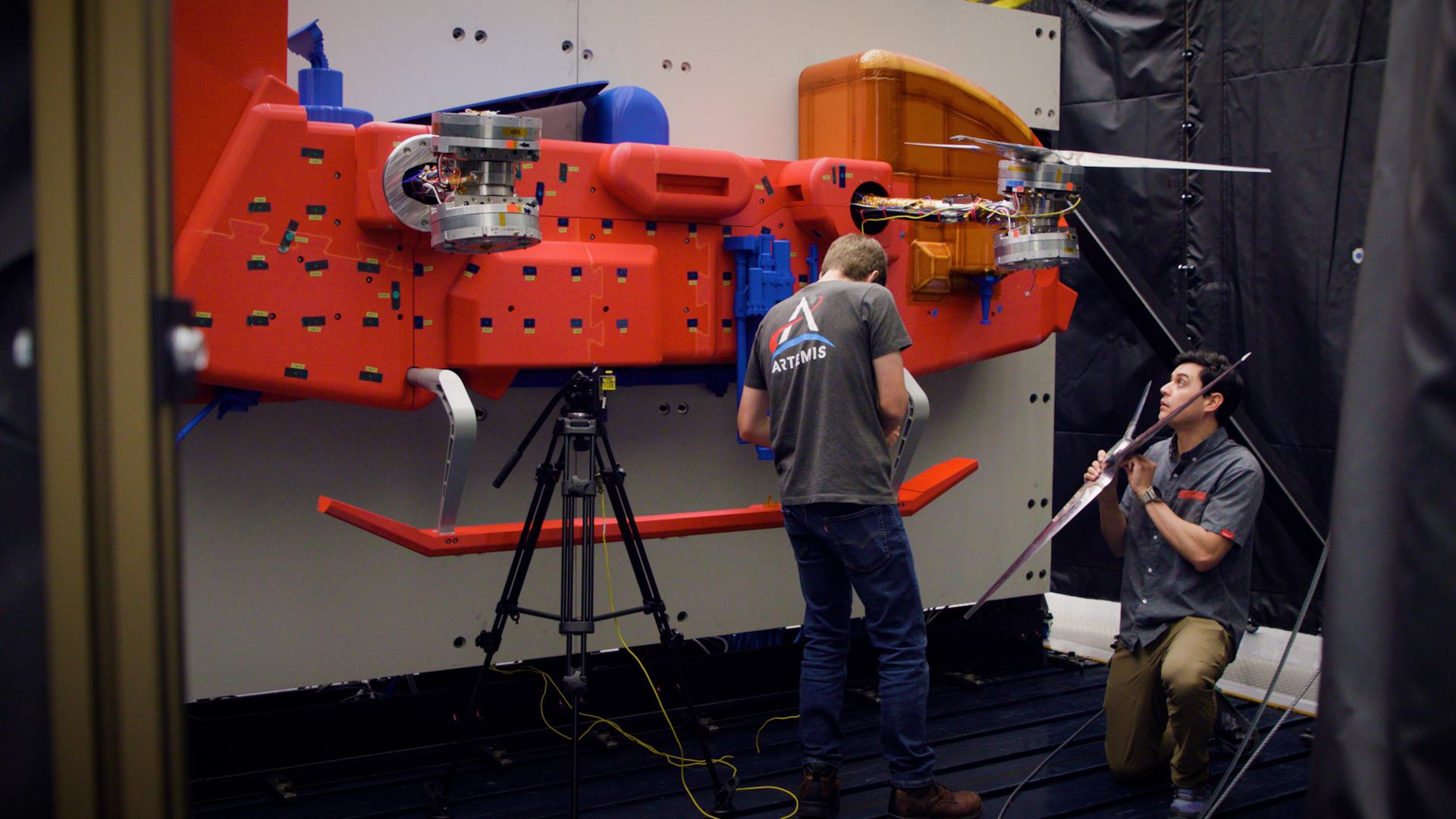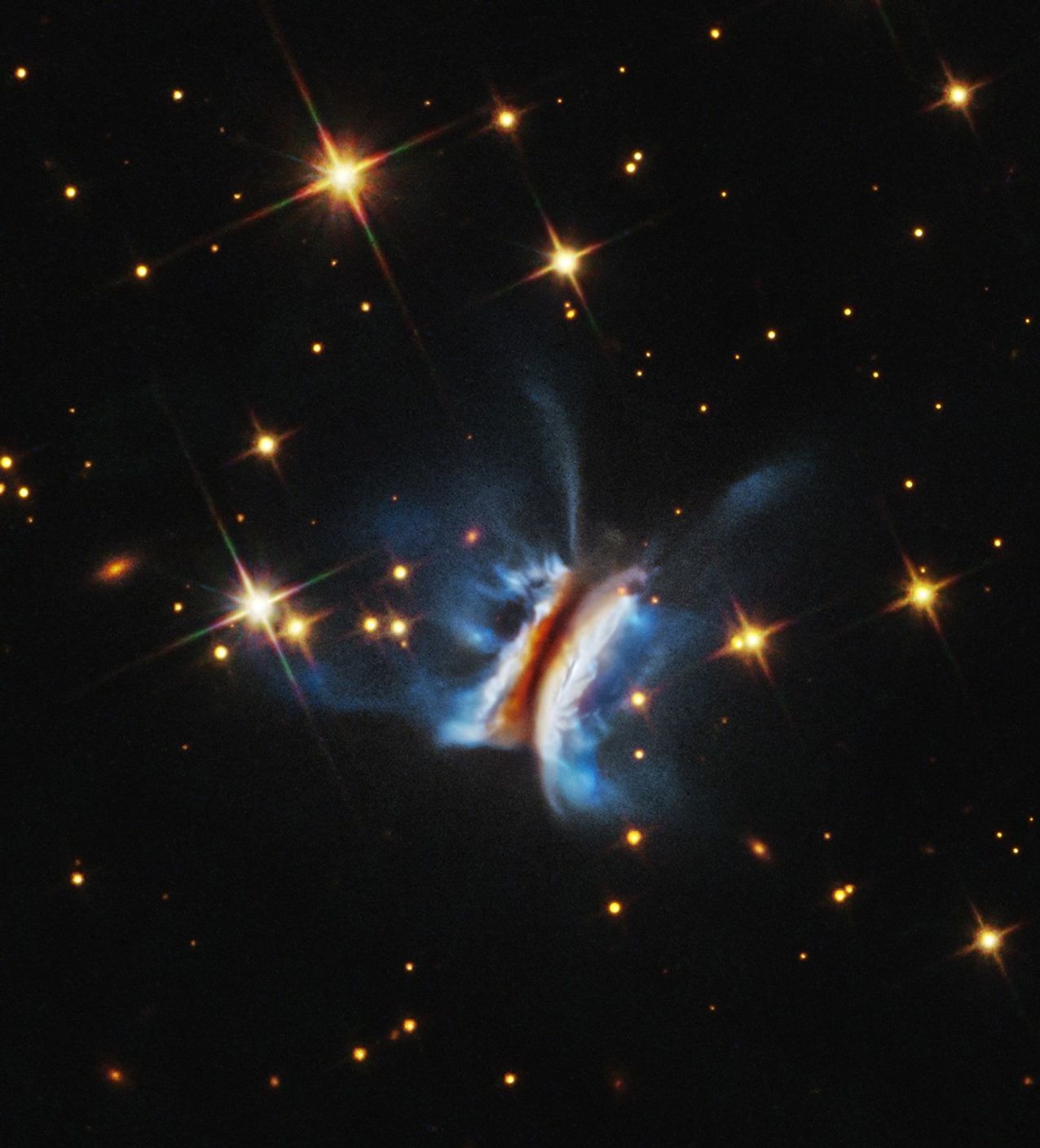2019 will be an excellent year to look to the sky and enjoy the spectacular view of Earth’s nearest neighbor, the Moon. 50 years ago, we witnessed one of humankind’s most remarkable achievements when we first stepped foot on the dusty surface of the Moon.
As NASA continues celebrating the 50th anniversary of the Apollo program, the year is opening with a number of opportunities to marvel at Earth’s original satellite. Three Supermoons and a total lunar eclipse in the span of 3 months.
So what is it that makes a Supermoon super? Start with size. The Moon orbits around the Earth in a slightly oval shape. At its furthest point away from us, known as the Apogee, it’s about 250,000 miles (400,000 km) from Earth. When it’s closest to us – its Perigee – the Moon is about 220,000 miles (350,000 km) away. When the Moon is full at or near its Perigee it is considered a Supermoon, and can appear up to 14 percent larger and 30 percent brighter than at Apogee.
Those distances, however, are changing, as the Moon is slowly drifting away from Earth. How slowly? Approximately 2 inches (5 cm) annually. A billion years from now, the Moon will take about 31.5 days to orbit the Earth instead of today’s 27.3 days.
In the meantime, this year’s first Supermoon of the year occurred on January 21st and also featured a total lunar eclipse. The second occurred on February 19, and sky watchers will have another chance to see this beautiful large orb as it rises above the horizon on March 21st.
While Supermoons and total lunar eclipses are marvels to behold, a question rises 50 years after humankind’s first steps on the Moon. Does it hold any more secrets for NASA scientists?
Noah Petro, Project Scientist for the Lunar Reconnaissance Orbiter (LRO) at NASA’s Goddard Spaceflight Center says, “There are many unanswered questions about the Moon. For example, we are still attempting to understand how the Moon evolved to its current state. The Moon has occupied space near the Earth for its entire 4.5 billion year history, keeping record of the impacts that have scarred its surface over time. This record of ancient impacts is largely erased from the Earth due to wind, water, and plate tectonics.
Analysis of Apollo samples shows that there was a period of intense impact cratering on the Moon early in the history of the Solar System, and therefore on the early Earth as well. Observations from LRO, now in its 9th year of orbiting the Moon, are helping us piece together this history.”
As 2019 unfolds with a third Supermoon on March 21st, enjoy the wonderful view and the history that the Moon continues to reveal.
For more illuminating facts about Supermoons, lunar eclipses, and other marvels of the night sky, visit science.nasa.gov


































